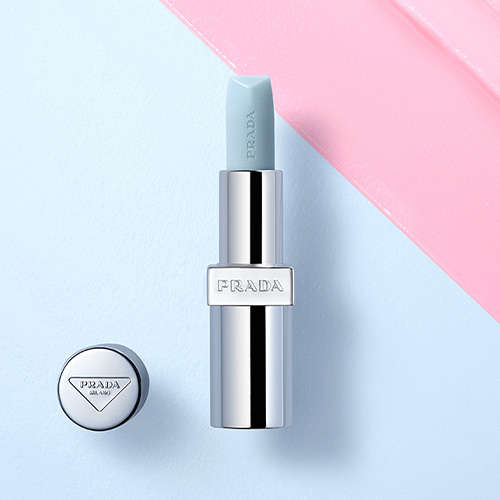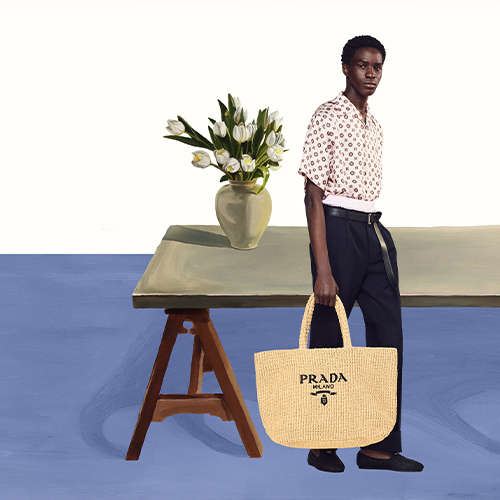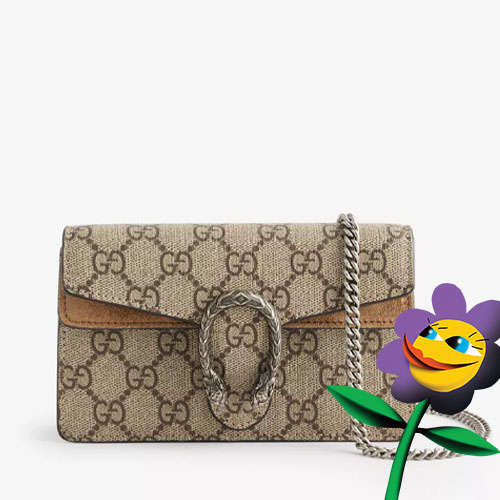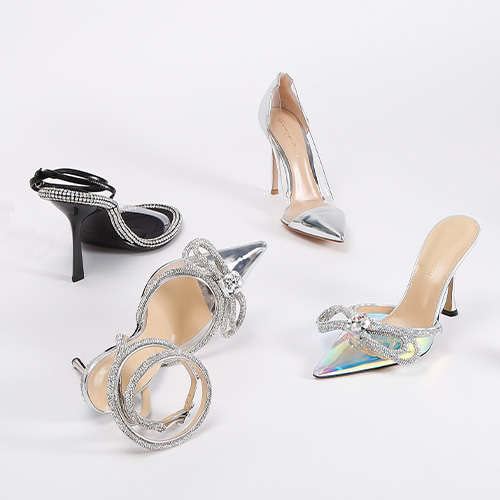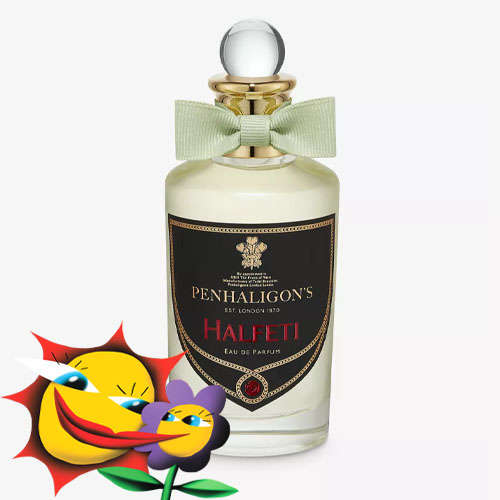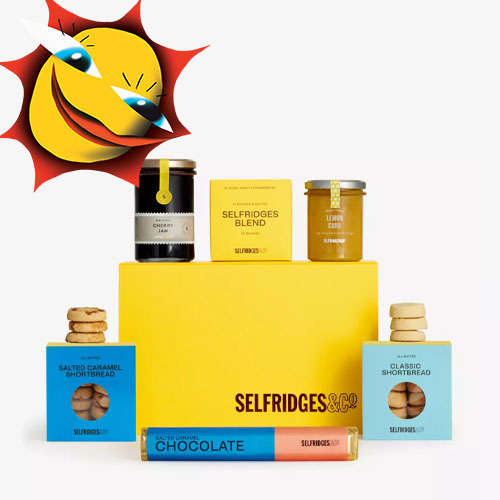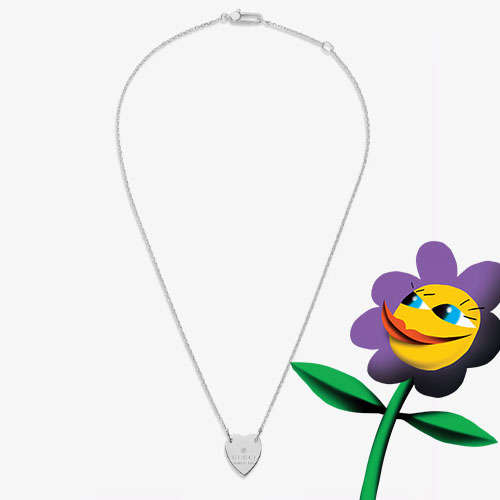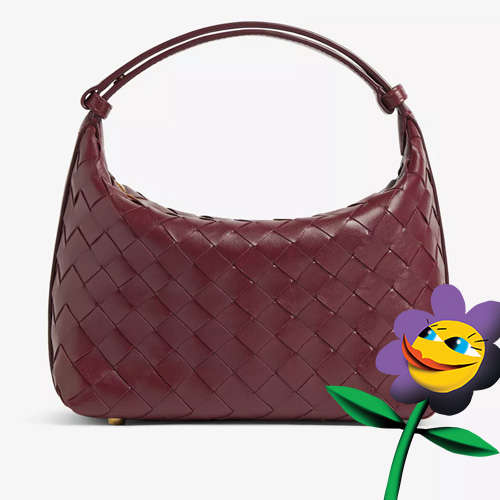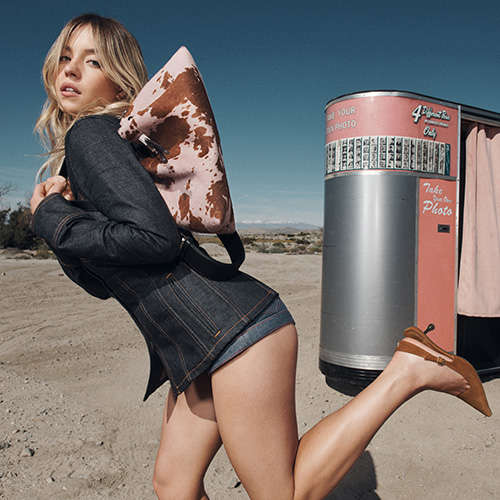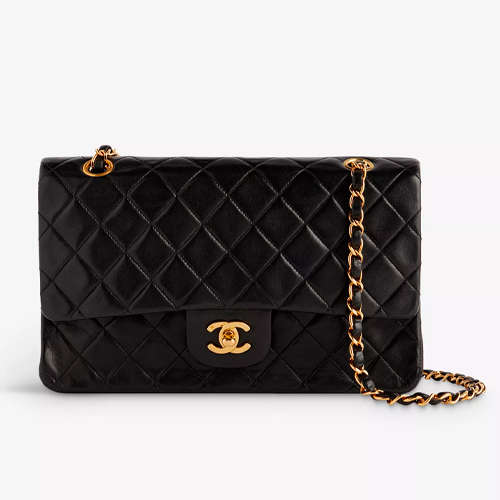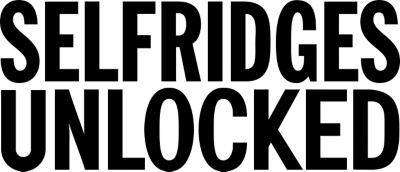- Australia / AUD $
- Canada / CAD $
- China / CNY ¥
- France / EUR €
- Germany / EUR €
- Hong Kong SAR China / HKD $
- Ireland / EUR €
- Italy / EUR €
- Japan / YEN ¥
- Kuwait / USD $
- Macao SAR China / HKD $
- Netherlands / EUR €
- Qatar / USD $
- Saudi Arabia / USD $
- Singapore / SGD $
- South Korea / KRW ₩
- Spain / EUR €
- Taiwan / TWD $
- United Arab Emirates / USD $
- United Kingdom / GBP £
- United States / USD $
- Not yours? Read more
Tell us what you think
Shop in your local currency and language
You are currently in United States US / USD $ store
- English
- English
- English
- English
- English
- English
- English
- English
- English
- English
- English
- English
- English
- English
- English
- English
- English
- English
- English
- English
- English
Did you know that we deliver to 130 countries or regions and offer a range of delivery options to suit you wherever you are in the world? Find out more
Sign up once to our Selfridges+ service and you can enjoy unlimited deliveries wherever you are in the world. FIND OUT MORE
International delivery
With almost everything on selfridges.com available for International Delivery, you can send your order to 130 countries or regions around the world, including North America, Australia, the Middle East and China.
Although we only offer 20 currencies to browse in online, you can still deliver to all of the following countries or regions:
- Algeria
- Andorra
- Antigua and Barbuda
- Aruba
- Australia
- Austria
- Azerbaijan
- Bahrain
- Bangladesh
- Barbados
- Belarus
- Belgium
- Belize
- Bermuda
- Bolivia
- Botswana
- Brunei
- Bulgaria
- Cambodia
- Canada
- Cayman Islands
- Chile
- China
- Colombia
- Costa Rica
- Croatia
- Cyprus
- Czech Republic
- Denmark
- Dominica
- Dominican Republic
- Ecuador
- Egypt
- El Salvador
- Estonia
- Finland
- France
- French Guiana
- Germany
- Gibraltar
- Greece
- Grenada
- Guadeloupe
- Guatemala
- Guernsey
- Guyana
- Honduras
- Hong Kong
- Hungary
- Iceland
- India
- Indonesia
- Ireland
- Israel
- Italy
- Jamaica
- Japan
- Jersey
- Jordan
- Kazakhstan
- Kenya
- Kuwait
- Laos
- Latvia
- Lebanon
- Lesotho
- Liechtenstein
- Lithuania
- Luxembourg
- Macau
- Malaysia
- Maldives
- Malta
- Martinique
- Mayotte
- Mexico
- Monaco
- Montserrat
- Morocco
- Myanmar
- Namibia
- Netherlands
- New Zealand
- Nicaragua
- Nigeria
- Norway
- Oman
- Pakistan
- Panama
- Paraguay
- Peru
- Philippines
- Poland
- Portugal
- Puerto Rico
- Qatar
- Reunion
- Romania
- Rwanda
- Saint Kitts and Nevis
- Saint Lucia
- Saint Martin (French part)
- San Marino
- Saudi Arabia
- Serbia
- Singapore
- Slovakia
- Slovenia
- South Africa
- South Korea
- Spain
- Sri Lanka
- Suriname
- Swaziland
- Sweden
- Switzerland
- Taiwan
- Tanzania
- Thailand
- Trinidad and Tobago
- Turkey
- Uganda
- Ukraine
- United Arab Emirates
- United Kingdom
- United States
- Uruguay
- Venezuela
- Vietnam
Fashion, politics and protest – Hiroshi Fujiwara and THE FACE magazine capture the spirit of Gen X in their latest collaboration, available exclusively in the UK at Selfridges
Words: Sam Trotman, Photography: Cameron Bensley, Styling: Alex Francisco, Collages: Max Barnett
With a legacy in fashion and culture stretching back more than 30 years, it’s no wonder that Hiroshi Fujiwara has remained one of the most enigmatic and exciting designers in the industry. Mover, shaker, maker of all things coveted and collectable, Fujiwara has spent his career travelling the world to discover clothes, music and the relationship between the two. His experiences travelling between New York, London and Tokyo in the early 80s made him Japan’s preeminent tastemaker who would ultimately set the template for commoditising youth culture in the Ura-Harajuku fashion scene. It’s this rare skill to share his own experiences with us through the products he creates that has justly earned his reputation as the Godfather of streetwear.
Left: Hiroshi Fujiwara, founder of Fragment Design with archive issues of THE FACE magazine. Right: Buffalo Bill, 1985. Photographed by Jamie Morgan and styled by Ray Petri / Björk, June 1995. Photographed by Andrea Giacobbe / Robert De Niro December 1987. Photographed by Kees Tabak / Sinéad O’Connor, February 1990. Photographed by Juergen Teller
Through his widely covetable label, Fragment Design, Fujiwara has mastered the art of collaboration. Over the course of his career, he has worked with many of the world’s most recognised brands – helping to blur the lines between streetwear and high fashion in the process. Today, Fragment’s double lightning bolt logo is a certified stamp of approval – one that has graced releases in both the luxury and mass markets. To create a comprehensive list of Fragment Design collaborations would be near impossible. In fact, it might be easier to list the brands Fujiwara hasn’t collaborated with. Among the most noteworthy, however, are Louis Vuitton, Levi’s and brands under Nike’s umbrella, including Jordan Brand and Converse. Then, there are the more unlikely partnerships, including Pokémon and numerous collaborations with Starbucks on everything from cups and thermal mugs to loyalty cards — Fujiwara even designed a Starbucks store in 2011.
I can vividly remember when I first laid eyes on THE FACE. I was fascinated by the fact that it covered a range of cultural topics from music to fashion, spanning across the established and the underground. I thought, “This is my dream magazine.”
– Hiroshi Fujiwara (Founder, Fragment Design)
More than three decades into his career, Fujiwara continues his frenetic pace, delivering his unconventional design approach to a wide range of projects. Explaining Fujiwara’s skillset to BoF, Fraser Cooke – Global Director of Influencer Marketing and Collaborations at Nike – said, “Hiroshi has remained relevant for so long because he has good taste and a very acute sense of timing – he’s good at partnering with the right people at the right time.” It’s this careful evaluation of who he partners with, along with his innate understanding of the current cultural zeitgeist, that has allowed Fujiwara to pinpoint what is currently missing, and how he can contribute.
Having collaborated with so many icons from all corners of culture, you’d think there would be few names left for Fujiwara to tap at this point in his career. But this year, he was presented with the opportunity to unite with another cultural pioneer from his era, THE FACE. Recognised as one of the most influential cultural authorities in Britain, Nick Logan’s style bible served as a gateway into the coolest corners of fashion, film, music and nightlife throughout the 80s and 90s. THE FACE was unlike anything that came before it: a so-called ‘almanac of cool’ that would change pop and style culture over the course of its 24-year run. That was, until it folded in 2004, leaving a gaping hole in the hearts of its cohort of rave-hungry twentysomething fans. Then, last September, after a 15-year hiatus, THE FACE was relaunched online with a quarterly magazine that aimed to reclaim its status as style bible of a generation.
Like THE FACE, Hiroshi is always moving forward, exploring new expressions of that unique hi-lo culture space where art, luxury and the street all smash together.
– Jason Gonsalves (Brand Director, THE FACE magazine)
For the special collaboration, Fujiwara was asked to curate a selection of the magazine’s most iconic covers from across its extensive archive of over 100 issues. From early editions faced by Robert De Niro in 1987 to Björk’s infamous 1995 cover, the nostalgic images have been plastered across a collection of limited-edition pieces, available exclusively in the UK at Selfridges. Speaking on the collaboration and getting Fujiwara involved, THE FACE magazine’s Brand Director, Jason Gonsalves, explained, “You have to start with the obvious fact that Hiroshi is a legend who’s made such a huge contribution to all aspects of the culture for almost four decades”. What makes the collaboration such a great alignment, according to him, is the mutual understanding of the cultural landscape and like-minded attitudes. “Like THE FACE, he’s always moving forward looking to explore new collaborations, new ideas, new expressions of that unique hi-lo culture space where art, luxury and the street all smash together. There’s so much of that spirit that inspires us and drives us on, so we feel blessed to work together.”
There are many parallels to be drawn between Fujiwara and The Face. Just as THE FACE was changing culture in Britain in the 80s with its graphic layouts and top-notch journalism, Fujiwara was busy helping shape youth culture in Japan with the Seditionaries punk memorabilia he found in London and records he discovered in New York. His influence in Tokyo was dictated by an unprecedented understanding of both local style and how the West would inevitably impact his native Japan. Likewise, between 1980 and 2004, THE FACE not only captured what was relevant and cool, but why. “It joined the dots between music, fashion, entertainment and politics in order to provide a broader context or perspective that conveyed the spirit and attitude of the time,” explains Gonsalves.
A magazine like THE FACE came out of the fact that fashion and music coexisted in the streets.
– Hiroshi Fujiwara (Founder, Fragment Design)
At its peak, THE FACE magazine sold 70,000 copies a month. Its covers – featuring the likes of Kate Moss, Bart Simpson, Madonna, Alexander McQueen dressed as Joan of Arc, and David Beckham – ensured it stood out on the newsstand, and it became a monthly pop-culture talking point. “Looking back through the archive, you feel like you’re transported back to that time and place, whilst simultaneously being shocked by how contemporary it all feels,” explains Gonsalves. For him, what made the magazines stand out so much and remain covetable for collectors today is that, “quite simply, there was nothing else that looked like them”. Gonsalves remembers his first personal experience with THE FACE as being a lifeline that changed his life. “As a young Asian kid who spent his time running away from skinheads in the boring dead suburbs, it showed me that not only was it OK to not fit in, but that being different was my superpower.”
Left: THE FACE X FRAGMENT DESIGN - Cover 03 graphic-print cotton-jersey T-shirt / Cover 02 graphic-print cotton-jersey T-shirt (coming soon) / Cover 04 graphic-print cotton-jersey T-shirt / Cover 02 graphic-print cotton-jersey T-shirt Right: Graphic-print relaxed-fit cotton-jersey hoody Far right: Sinead O’Connor, THE FACE magazine cover February 1990. Photographed by Juergen Teller
Among the covers selected by Fujiwara is ‘4 Killer’, an image from March 1985 that depicts a 13-year-old boy dressed as a gangster. Gonsalves explains that the magazine’s ballsy choice to cast an anonymous teen on the cover is what makes the image so iconic. “[The] ‘4 Killer’ cover was a deliberate kick against the magazine covers of the day – all glossy, overproduced celebrity fluff. Nobody would have taken you seriously if you had suggested putting a non-famous 13-year-old on the cover. It was a move that was pure Buffalo.” Gonsalves cites the ‘True Lies’ cover as another notable choice. “The image in the collection isn’t from a cover, but an article about English football hooliganism by Gavin Hills. He travelled with Chelsea fans to Belgium to investigate the prominence and threat of the far-right within English football culture.”
It’s stories like this that helped Hills gain recognition as the greatest journalist to ever write for The FACE. He set a tone through his writing on subjects as varied as the roots of house music in Chicago’s gay club scene, the uptake of ecstasy on the football terraces, the national British miners’ strike of the 80s, the rise of the right across Europe, and gang wars in L.A. in the 90s. “He shattered misconceptions that being interested in such things was exclusive from liking fashion and music,” says Gonsalves. Hills’s words alone didn’t define The Face’s influence. Designer Neville Brody’s bold layouts offset progressive editorials by the likes of Elaine Constantine, Nick Knight, Juergen Teller and Corinne Day, as they (and many others) cut their teeth at the monthly publication. “The Sinéad O’Connor image was shot by a young Juergen Teller, and at the time, nobody had seen an approach as bold and fresh as his,” says Gonsalves.
Style isn’t just what you wear and what you buy. It’s about ideas, ideals and tonnes of attitude.
– Jason Gonsalves (Brand Director, THE FACE magazine)
While this special collaboration with Fujiwara is about celebrating the magazine’s storied archive, today, the new team at THE FACE have their feet firmly rooted in the future. “Our focus is on moving forward, not looking back,” explains Gonsalves. “In 2020, THE FACE is about creating a new conversation around style. Where style isn’t just what you wear and what you buy. It’s about ideas, ideals and tonnes of attitude. When everything out there feels formulaic and paint-by-numbers, we want people’s reaction to be: ‘Fuck me! I can’t believe what THE FACE has just done.’”

